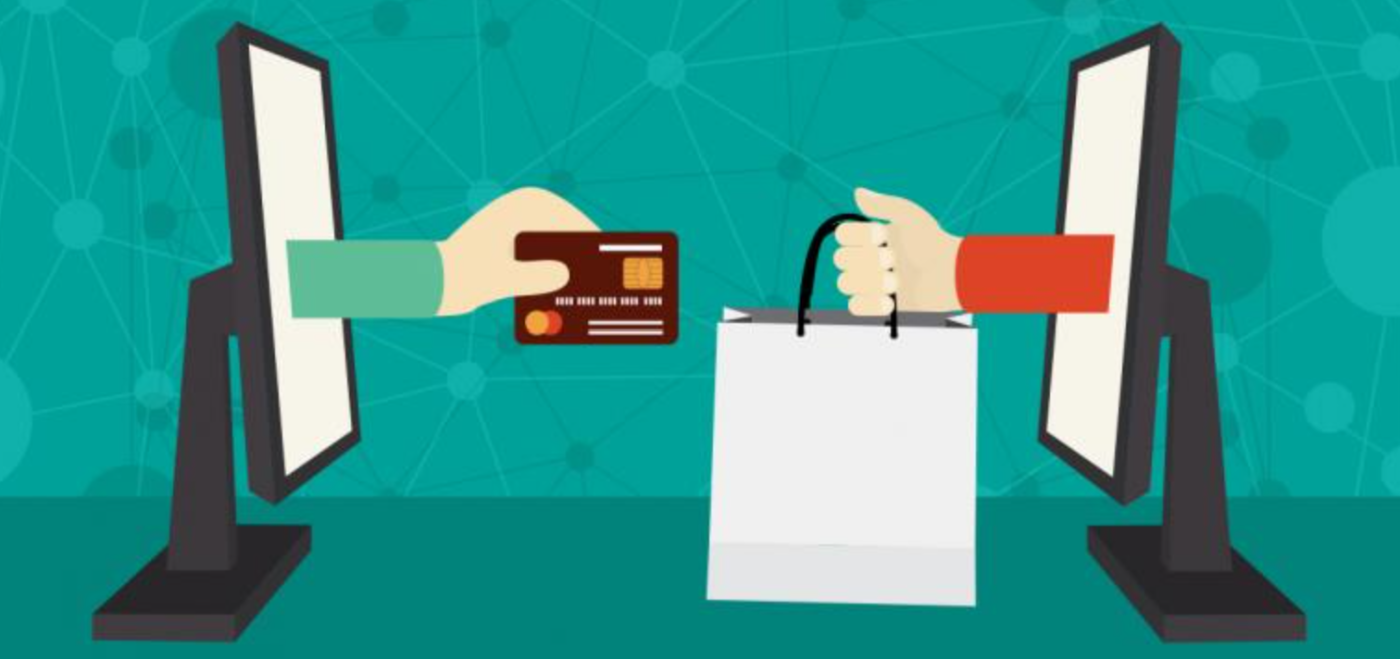PayPal and Stripe: Which is More Powerful – Platform-Managed Payment or Self-Managed Payment?
When operating an e-commerce business, one of your most critical decisions is choosing the correct payment method for your store. Should you rely on the Platform-Managed Payment system or opt for Self-Managed Payment solutions like PayPal and Stripe? In this article, Hacecommerce will provide a detailed analysis and comparison to help you make an informed decision.
1. Overview of Platform-Managed Payment and Self-Managed Payment
Before comparing, let’s first define these two payment processing approaches.
1.1. Platform-Managed Payment
Platform-managed payment refers to payment methods handled entirely by your e-commerce platform. The platform offers an integrated payment gateway through which customers can make online payments using various options such as credit cards, e-wallets, and PayPal.
1.2. Self-Managed Payment
Self-managed payment, on the other hand, is where the business owner takes full responsibility for managing and processing payments. Businesses set up payment gateways and directly oversee all transaction processes, including customer payments and fund transfers.

2. Comparing Platform-Managed Payment and Self-Managed Payment
Now, let’s compare these two approaches based on key factors:
Cost
- Platform-Managed Payment: Typically, platforms charge a percentage of the transaction value and a fixed transaction fee. These fees are deducted before the funds are released to the seller.
- Self-Managed Payment: Businesses usually pay a fixed monthly fee for the payment gateway and per-transaction charges. The overall cost may vary based on transaction volume and service providers.
Risk Management
- Platform-Managed Payment: The platform assumes responsibility for managing risks associated with payment processing. Sellers don’t need to worry about disputes, fraud detection, or compliance issues.
- Self-Managed Payment: The seller bears the risk and must carefully monitor transactions to prevent fraud, chargebacks, or other complications. Any oversight can result in financial losses.
Payment Speed
- Platform-Managed Payment: Payments are processed quickly, and funds are automatically transferred to the seller’s account according to the platform’s payout schedule.
- Self-Managed Payment: Processing speed depends on the efficiency of the seller’s chosen payment system. Without a dedicated team, there could be delays in transaction approvals and fund transfers.
Customization
- Platform-Managed Payment: Customization options are limited. Sellers can only modify the payment interface to align with their branding but cannot alter payment flows or policies.
- Self-Managed Payment: Sellers have complete control over the customer’s payment experience. They can customize every aspect of the process to meet their business needs.
Reliability
- Platform-Managed Payment: Platforms are often built on robust and reputable systems, ensuring high reliability and trust for sellers and buyers.
- Self-Managed Payment: The reliability depends on the seller’s infrastructure and the payment provider they choose. Ensuring security and fraud prevention is entirely the seller’s responsibility.

3. PayPal and Stripe: Pros and Cons of Platform-Managed and Self-Managed Payment Solutions
Some e-commerce platforms offer built-in payment systems, while others leave payment management up to sellers. For instance, platforms like Shopify and Merchize support both approaches. Each method has its advantages and drawbacks.
3.1. Platform-Managed Payment: Pros and Cons
Advantages:
- Sellers don’t have to worry about setting up accounts with PayPal, Stripe, Braintree by PayPal, or Adyen. The platform manages all payment-related matters, allowing sellers to focus on selling.
- The platform handles disputes or chargebacks. If a refund is required, the platform deducts the amount from the seller’s profit, sparing the seller from direct involvement.
- Sellers can withdraw funds to payment solutions like Payoneer or directly to a bank account.
Disadvantages:
- Payout schedules vary by platform. Some platforms may take longer to release funds.
- Funds on the platform are not entirely in the seller’s control until withdrawn. Sometimes, platforms may hold payments due to disputes or other reasons.
- Platforms impose strict policies to protect their payment systems, often limiting or banning activities that might risk disputes, intellectual property violations, or legal issues.
3.2. Self-Managed Payment: Pros and Cons
Advantages:
- Funds processed through PayPal or Stripe belong entirely to the seller, even if temporarily held due to disputes. Unlike platforms, these providers eventually release funds once issues are resolved.
- High flexibility enables sellers to sell virtually any product without worrying about platform-imposed restrictions.
- Sellers retain complete control over their profits; no intermediary platform can freeze or confiscate earnings.
Disadvantages:
- Payment providers like PayPal and Stripe have stringent compliance requirements. Failing to meet these standards can result in account limitations, withheld funds, or permanent bans.
- Sellers are responsible for all payment disputes and fraud prevention, which can be time-consuming and costly.
- Self-managed systems often have higher initial setup and operational costs than platform-managed solutions.
4. Which Option Should You Choose?
There is no universal answer to which payment method is superior. The choice depends on the seller’s business model, resources, and risk tolerance. Some sellers thrive with platform-managed payment systems, while others succeed using self-managed solutions like PayPal and Stripe.
For instance:
- If you prioritize convenience and reduced responsibility, platform-managed payments are ideal.
- If you value control and flexibility, self-managed payments are better suited for your needs.

5. Overcoming Payment Challenges
Sellers often face difficulties when dealing with payment systems. For example, some may struggle to set up PayPal or Stripe accounts due to regional restrictions or face platform limitations. Does this mean you should give up? Not.
Practical Solutions for Payment Challenges:
- Leverage Payment Services: If you cannot set up PayPal or Stripe accounts independently, consider hiring third-party PayPal account rental services to assist with registration and account management.
- Purchase Solutions: If hiring is not an option, look for providers offering ready-made solutions, such as pre-configured payment gateways or managed accounts.
- Seek Support from Experts: Join online forums or consult with professionals who have experience overcoming similar challenges. Their insights can help you navigate payment-related obstacles.
- Maximize Your Strengths: Focus on your core competencies to overcome barriers. Whether optimizing your marketing strategies or finding alternative payment solutions, there is always a way to grow your business.
6. Conclusion
Selecting the right payment solution is crucial to running an e-commerce business. Both platform-managed and self-managed payment systems have unique advantages and disadvantages. Sellers must evaluate their specific needs, budget, and goals to make an informed decision.
Platform-managed payments provide simplicity and security for those who prefer a hassle-free solution. However, self-managed payments through PayPal or Stripe offer unparalleled freedom if you seek greater control and flexibility.
If you’re looking for reliable support with PayPal gateway rentals or other payment services for your website, let Hacecommerce be your trusted partner. Together, we can simplify your payment process and ensure your business thrives.

